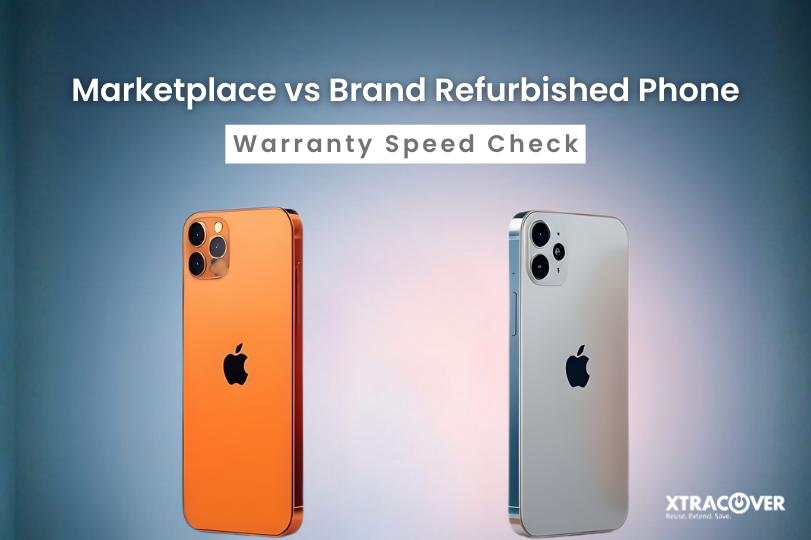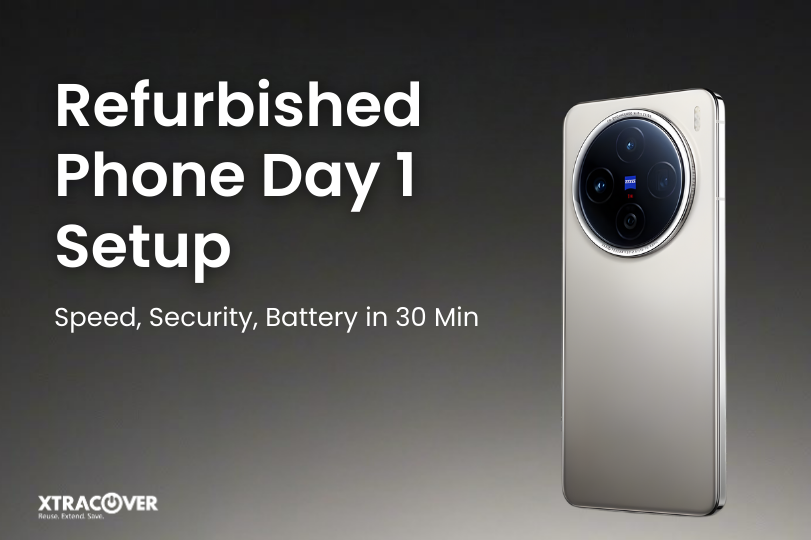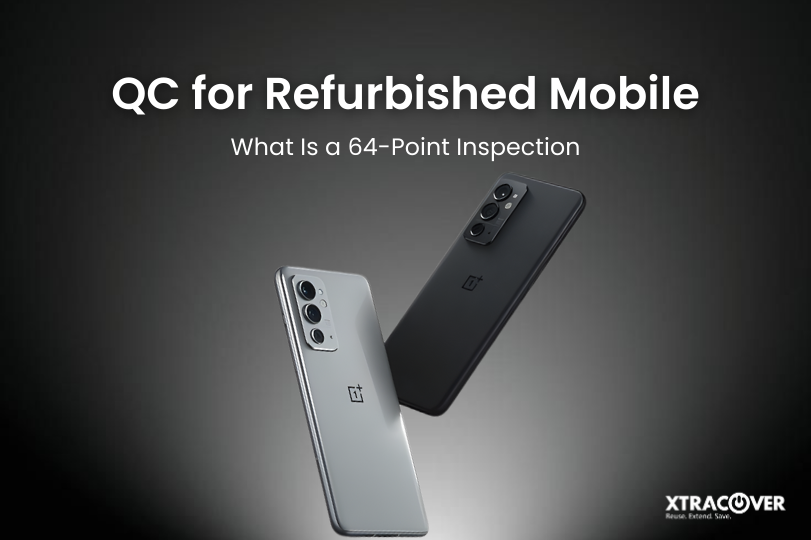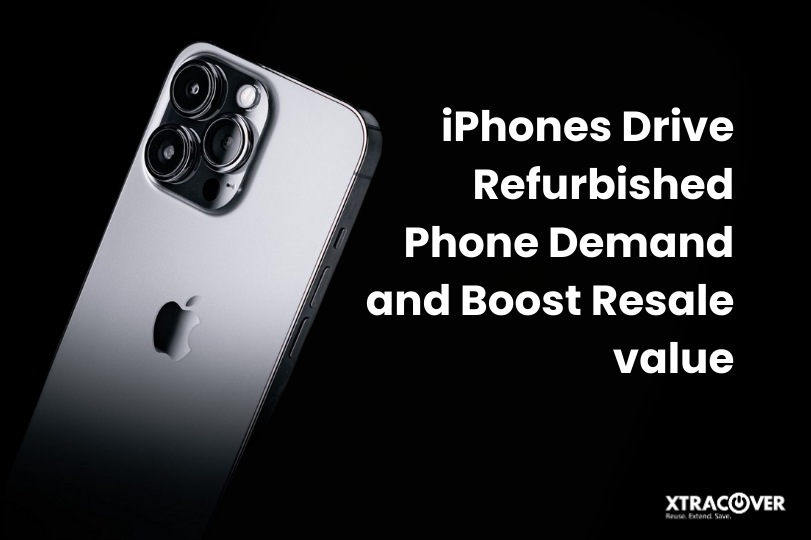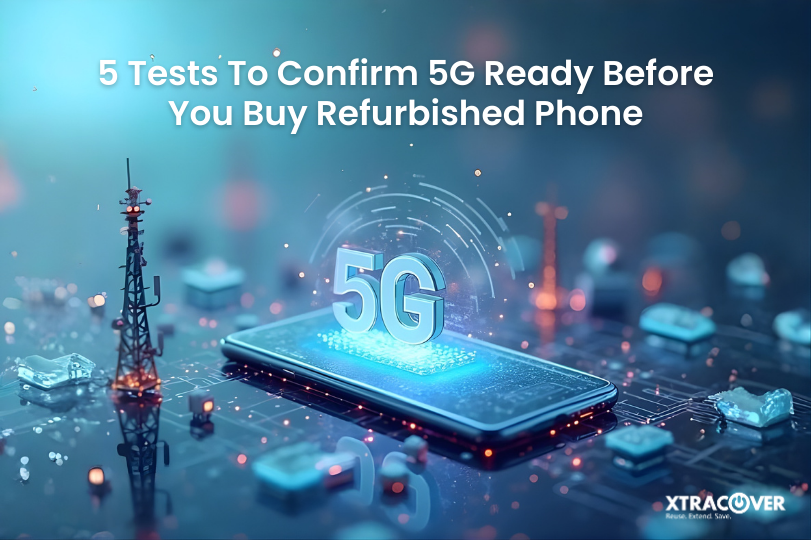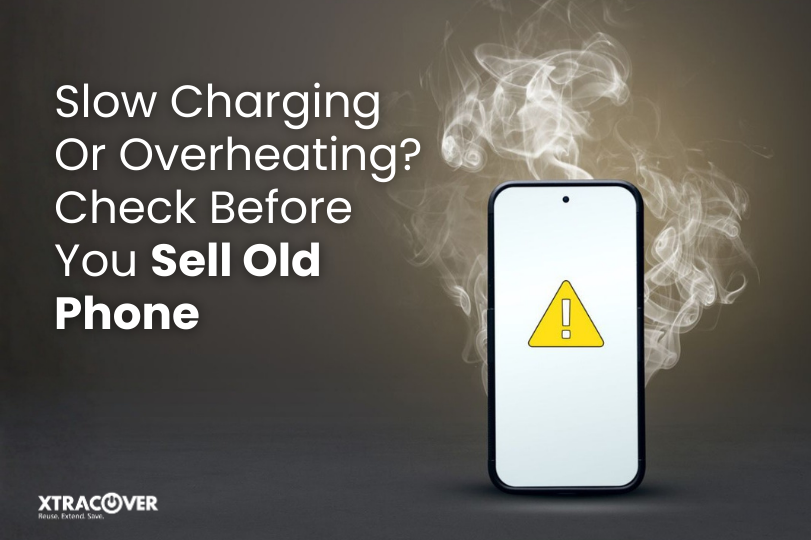In 1973, Martin Cooper made history with the first public call on a handheld mobile phone, weighing in at 2.4 pounds. Fast forward to today, and we’re still redefining what it means for a phone to be “current”. Some devices are built to last, and refurbished phones are proving that with the right care and maintenance, tech can be timeless. By choosing refurbished, you can enjoy top-notch performance, reduce e-waste, and save money. In this article, we’ll explore the world of refurbished devices and discover how they’re staying relevant in a rapidly changing tech landscape, outlasting their brand-new counterparts and offering a sustainable alternative to buying new.
1. The “Anti-Obsolescence” Advantage of Refurbished Phones
Modular Design Trends
Brands like Samsung now prioritise repairability, making refurbished devices more sustainable:
- Replaceable batteries (new ones last 20% longer than originals)
- Easy screen repairs (no more ₹15,000 “glued” replacements)
3rd-Party OS Support
Old Android sluggish? Custom ROMs like LineageOS can:
- Speed up a 4-year-old OnePlus by 40%
- Add Android 14 features to unsupported phones
Example: A refurbished Pixel 4a (2020) still gets Google’s latest AI photo tools via software updates.
2. Hidden Upgrades in Refurbished Phones
Camera Software Magic
- Google Pixels improve yearly via computational photography updates
- iPhone XR (2018) now shoots better portraits than new ₹20K phones
Battery Tech Evolution
2024 replacement batteries offer:
✔ Higher capacity (vs. degraded originals)
✔ Faster charging without overheating
Stat: A refurbished iPhone 11 with a new battery outperforms a new ₹25K Android in screen-on time.
3. The “Sweet Spot” Models That Defy Age
| Device | Why It’s Still Relevant | Price (Refurbished) |
| iPhone SE (2020) | A15 chip + iOS 18 support till 2026 | ₹14,111 |
| OnePlus 7T | 90Hz display (smoother than new ₹25K phones) | ₹11,269 |
| Samsung S21 Ultra | 108MP camera + 4 more Android updates | ₹20,888 |
Pro Tip: Buy 2-year-old premium device—they lose only 15-20% value/year vs. 40% for new Androids.
4. Who’s Using Refurbished Phones in 2024?
Enterprise Adoption
- IBM issues 3-year-old iPhones to employees (98% satisfaction)
- MDM compatibility means even iPhone X (2017) runs modern security
Gen Z’s “Retro Tech” Trend
- iPhone X/XS are now “vintage aesthetic” favorites
- Developing markets (Africa, India) rely on 5-year-old refurbished phones for daily use
5. How to Future-Proof Your Refurbished Phone
Cloud Offloading
Use Google Photos/Lightroom to free up storage on 64GB devices.
Progressive Web Apps (PWAs)
Run Instagram/LinkedIn via browser to reduce app lag on older RAM.
Accessory Ecosystem
- iPhone 8 (2017) still gets 50+ new case designs yearly
- 5G expansion makes older iPhone 12 and S20 FE more valuable
Smart Tech Never Gets Old
Refurbished phones aren’t just “cheap alternatives”—they’re smarter, longer-lasting choices thanks to:
- Software updates (iOS/Android keep improving them)
- Repairability (new batteries/screens = like-new performance)
- Resale value (iPhones hold value better than new Androids)
Ready to upgrade sustainably? Explore certified refurbished phones from Xtracover
FAQs:
Q1: Do refurbished phones get software updates?
A: Yes! iPhones get 5-7 years of updates. Androids vary, but Pixel/Samsung devices get 3-4 years.
Q2: How long does a refurbished phone last?
A: With a battery replacement, easily 3-4 years. Leading devices like iPhone 12 still perform like new.
Q3: Are refurbished phones slower than new ones?
A: Not if properly refurbished (new battery, fresh OS install). A OnePlus 7T still beats new ₹20K phones.
Q4: What’s the best age to buy a refurbished phone?
A: 2-3 years old (e.g., iPhone 13 in 2024). Max value with 2+ years of updates left.
Q5: Can I resell a refurbished phone later?
A: Absolutely! iPhones lose only 15-20% value/year vs. 40%+ for new Androids.


